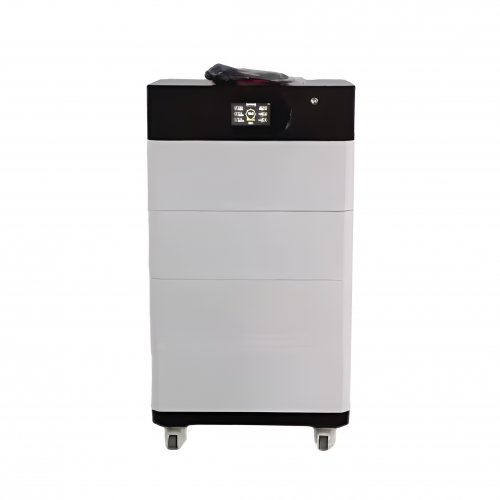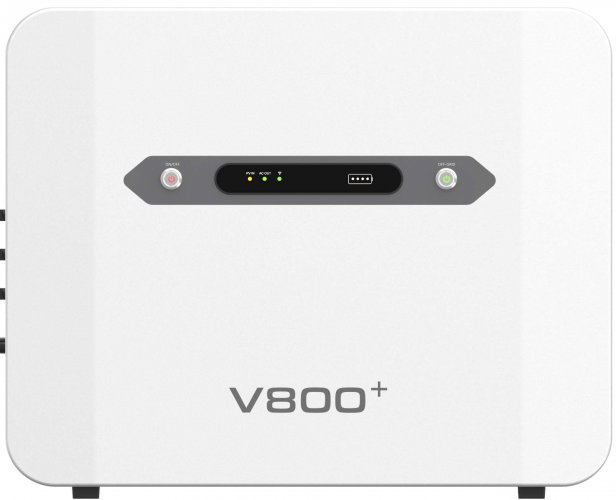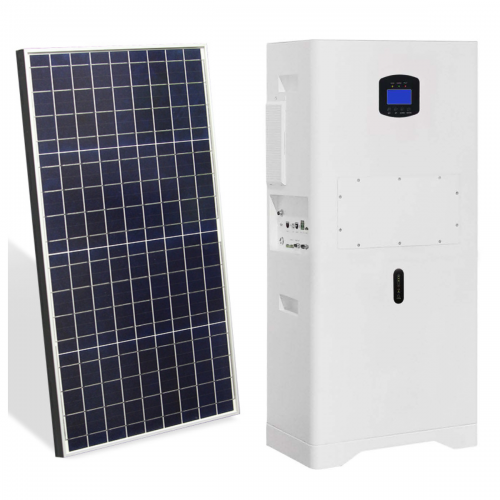Lifepo4 Battery Industry News: Surging Demand And Innovation Reshape The Energy Storage Landscape
The lithium iron phosphate (LiFePO4 or LFP) battery sector is experiencing a period of unprecedented growth and transformation. Driven by its inherent advantages in safety, longevity, and cost-effectiveness, LFP chemistry is rapidly consolidating its position as the dominant force in energy storage and electric mobility. Recent industry developments point towards a future where LFP technology is not just an alternative but the preferred choice across multiple applications.
Latest Industry Dynamics: Expansion and Strategic Shifts
A wave of massive capital investment and capacity expansion continues to sweep across the globe. Contemporary Amperex Technology Co. Limited (CATL), the world’s largest battery manufacturer, recently announced the successful deployment of its new "condensed battery" technology, which, while not exclusively LFP, leverages advancements in cell chemistry and packing efficiency that benefit its LFP product lines. This innovation is aimed at increasing energy density without compromising the fundamental safety characteristics of the phosphate-based chemistry.
Similarly, BYD Company Ltd., through its FinDreams Battery subsidiary, is aggressively expanding its production footprint outside of China. New facilities are in the planning or construction phases in Europe and Southeast Asia, a strategic move to localize supply chains and cater to regional demand while potentially mitigating future trade barriers. This geographical diversification is a key trend, with North American companies like Ultium Cells (a GM-LG Energy Solution joint venture) also announcing plans to incorporate LFP production lines into their existing facilities to offer a portfolio of battery options to automakers.
The automotive industry's pivot is perhaps the most significant dynamic. Major players including Tesla, Ford, and Volkswagen have publicly committed to integrating LFP batteries into a greater portion of their entry-level and mid-range vehicle segments. Tesla’s continued use of LFP batteries in its standard-range models globally underscores the technology's reliability. Ford’s announcement to offer LFP as a option for its Mustang Mach-E and F-150 Lightning is a clear signal that automakers are prioritizing cost reduction and supply chain stability to achieve volume production targets.
Trend Analysis: Beyond Cost to Performance and Sustainability
The primary driver for LFP adoption has historically been its lower cost, owing to the absence of high-cost raw materials like cobalt and nickel. However, the current trends indicate a maturation of the market where LFP is competing not just on price but on performance and sustainability.
1. Energy Density Improvements: The perennial drawback of LFP—lower volumetric and gravimetric energy density compared to NMC (Nickel Manganese Cobalt) batteries—is being systematically addressed. Through cell-to-pack (CTP) and cell-to-chassis (CTC) technologies, manufacturers are eliminating redundant module components, increasing the overall pack efficiency. This allows LFP packs to achieve competitive ranges, making them viable for a wider array of electric vehicles (EVs).
2. Dominance in Stationary Storage: The utility-scale and residential energy storage system (ESS) market is now overwhelmingly dominated by LFP chemistry. Its superior cycle life—often exceeding 6000 cycles—and exceptional thermal stability make it the ideal technology for frequent charging and discharging over decades. As global investments in renewable energy soar, the demand for LFP-based ESS is projected to outpace even the EV sector in growth percentage.
3. Supply Chain and Recycling Focus: With the critical raw material for LFP being lithium, and iron and phosphate being abundantly available, supply chains are inherently less volatile than those for cobalt. However, the industry is now focusing on building a circular economy. Companies are investing in advanced recycling processes to recover lithium, phosphorus, and other valuable materials from end-of-life LFP batteries. This not only addresses environmental concerns but also creates a secondary source of raw materials, enhancing long-term sustainability.
Expert Perspectives: A Cautiously Optimistic Outlook
Industry analysts and experts largely view the LFP ascendancy as a durable trend rather than a temporary cycle.
Dr. Elena Mitchell, a senior energy storage analyst at GreenTech Analytics, notes, "The data is unequivocal. LFP's market share in global battery deployments has grown from the low twenties to nearly 50% in just three years. This isn't just a Chinese phenomenon; it's a global recalibration of value. Automakers and energy companies are making long-term bets on chemistry that offers operational safety and economic predictability."
However, experts also caution against potential headwinds. "The rapid scaling of production brings its own challenges," states Michael Chen, a battery materials consultant. "While lithium iron phosphate itself is common, the quality and consistent supply of battery-grade lithium are paramount. Price fluctuations in lithium carbonate can still impact the LFP cost advantage. Furthermore, as production spreads globally, ensuring consistent quality control across new manufacturing hubs will be a key test for the industry."
The consensus is that innovation will continue to be the cornerstone of the industry's evolution. Research is ongoing into novel LFP cathode synthesis methods, silicon-based anodes to boost energy density further, and solid-state electrolytes that could potentially be integrated with LFP chemistry to create the ultimate safe, high-energy battery.
In conclusion, the LiFePO4 battery industry is characterized by breakneck expansion, technological refinement, and strategic realignments across the automotive and energy sectors. While challenges in supply chain management and recycling remain, the trajectory for LFP technology points towards sustained growth and an increasingly central role in the global transition to electrification and renewable energy.
Customized/OEM/ODM Service
HomSolar Supports Lifepo4 battery pack customization/OEM/ODM service, welcome to contact us and tell us your needs.


HomSolar: Your One-stop LiFePO4 Battery Pack & ESS Solution Manufacturer
Our line of LiFePO4 (LFP) batteries offer a solution to demanding applications that require a lighter weight, longer life, and higher capacity battery. Features include advanced battery management systems (BMS), Bluetooth® communication and active intelligent monitoring.

Customised Lithium Iron Phosphate Battery Casing
ABS plastic housing, aluminium housing, stainless steel housing and iron housing are available, and can also be designed and customised according to your needs.

HomSolar Smart BMS
Intelligent Battery Management System for HomSolar Energy Storage System. Bluetooth, temperature sensor, LCD display, CAN interface, UART interface also available.


Terminals & Plugs Can Be Customized
A wide range of terminals and plugs can be customised to suit the application needs of your battery products.

Well-designed Solutions for Energy Storage Systems
We will design the perfect energy storage system solution according to your needs, so that you can easily solve the specific industry applications of battery products.



About Our Battery Cells
Our energy storage system products use brand new grade A LiFePO4 cells with a battery lifespan of more than 4,000 charge/discharge cycles.



Applications in Different Industries
We supply customized & OEM battery pack, assemble cells with wiring, fuse and plastic cover, all the cell wires connected to PCB plug or built BMS.
Applications: E-bike, Electric Scooter, Golf Carts, RV, Electric Wheelchair, Electric Tools, Robot Cleaner, Robot Sweeper, Solar Energy Storage System, Emergency Light, Solar Power Light, Medical Equipment, UPS Backup Power Supply.
We can provide you with customized services. We have the ability to provide a vertical supply chain, from single cells to pack/module and to a complete power solution with BMS, etc.


HomSolar (Shenzhen) Technology Co., Ltd
























